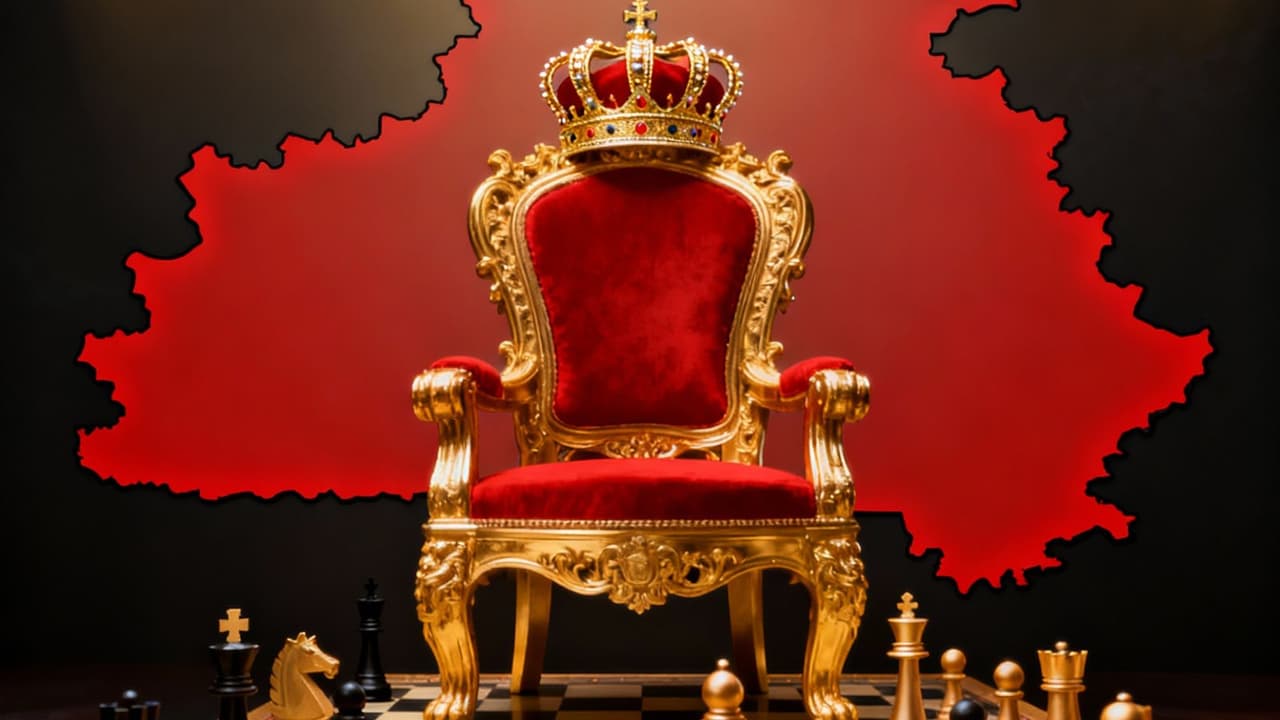After independence, 12 upper caste Chief Ministers remained in power in Bihar for 37 years. However, only 2 of these could complete their 5-year tenure. Most chief ministers remained unstable due to interference from Delhi and internal factionalism.
Patna, Bihar. If we scrutinize the political history of Bihar, after independence the upper caste community dominated the top of power for almost four decades. During these years, a total of 12 upper caste leaders held the post of Chief Minister and jointly ruled the state for 37 years and 197 days. This figure clearly shows the political dominance of this class. But there is a great irony hidden behind this dominance: out of these 12 Chief Ministers, only two were able to complete their stipulated tenure of five years. The tenure of the remaining 10 was a maximum of three years or less, which tells the story of the internal instability of power in Bihar and the ‘kingmaker’ culture.
The ‘golden’ and unstable period of supremacy
From immediately after independence till the rise of Mandal Commission politics, the politics of Bihar revolved around the Congress and the chief minister’s chair was controlled by the upper caste community. However, this control changed over a long period due to two stalwarts like Shri Krishna Singh and Jagannath Mishra.
Shri Krishna Singh (First Chief Minister): He played the longest innings, holding the reins of Bihar for a total of 17 years and 52 days, which is a record.
Jagannath Mishra: He was the second upper caste Chief Minister who completed his tenure of five years and 180 days.
Leaving aside these two exceptions, the story of the tenure of the remaining 10 Chief Ministers is full of ‘political whirlpool’.
Short life span: 17 days to 3 years
The timeline of the 10 upper caste Chief Ministers whose tenure was unstable shows that Delhi Darbar or internal factionalism did not allow them to survive:
- KB Sahay: 3 years 154 days
- Bindeshwari Dubey: 2 years 338 days
- Vinodanand Jha: 2 years 226 days
- Chandrashekhar Singh: 1 year 210 days
- Kedar Pandey: 1 year 105 days
- Bhagwat Jha Azad: 1 year 24 days
- Mahamaya Prasad Singh: 329 days
- Satyendra Narayan Sinha: 270 days
- Harihar Singh: 117 days
- Deepnarayan Singh: Only 17 days (shortest tenure)
It is clear from these figures that as easy as it was to sit on the Chief Minister’s chair, it was equally difficult to hold on to it.
Why couldn’t the Chief Minister survive?
The question arises that despite having such huge political dominance, why most of the Chief Ministers could not complete their tenure? The main reason for this lay in the power of the ‘Kingmaker’. These kingmakers were not any external leaders but three major factors:
Intervention of Delhi Durbar: In the 1960s and 70s, there was a Congress government at the Centre. The selection and removal of the Chief Minister of Bihar directly depended on the orders of the Congress High Command. During Indira Gandhi’s era, chief ministers used to change on a whim from the high command. Leaders like KB Sahay or Bhagwat Jha Azad had to step down suddenly due to factionalism or pressure from the Centre.
Internal factionalism: Factionalism among upper caste and other caste leaders within the Congress party was at its peak. No Chief Minister could work peacefully unless he satisfied all the factions. This factionalism created an atmosphere of distrust against many Chief Ministers.
Coalition instability: After 1967, United Legislative Party (SVD) governments increased instability. Leaders like Mahamaya Prasad Sinha and Harihar Singh came to power during this period, but due to internal strife and party swings, these governments could not last long.
Changing equations and end of dominance
Following this instability, Mandal politics emerged in the 1990s. With the rise of Lalu Prasad Yadav, the key to power in Bihar passed into the hands of the extremely backward and Dalit classes. With this, the 37-year long dominance of upper caste chief ministers in Bihar politics ended.
